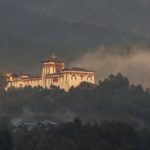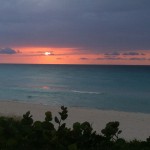Bhutan — November, 2018
The king, his family, and the Buddha are much revered, their images everywhere.
The four ‘partners in crime’ unite at lunch to begin our basking in Bhutanese beauty. We begin our love affair with Bhutanese cuisine, specifically, Ema Datshi, a soupy condiment made from chilis and cheese that is present at every meal. Like much local cuisine, it is very spicy and not for the faint of heart.
Paro, located on the traditional Tibetan-Bhutanese trade route, is home to the National Museum and a large dzong, built in 1645. Dzongs were traditionally built as fortresses and now have split uses for government administration and for Buddhist monastic practice. Very large, in scale, dzong architecture reflects the detailed, carved and painted elements (built without nails) that will soon become so familiar to us.
Namgay regales us with Bhutanese Buddhist parables depicted in the omnipresent religious murals, not the least of which is the story of the “4 friends.” These harmonious characters… an elephant, a monkey, a hare and a bird… embody the spirit of cooperation as well as symbolize four terrestrial habitats… ground, trees, underground, and sky. The bird seeds the tree, the hare protects and nurtures the roots, the elephant provides might and height, and the monkey provides agility to reach the fruit.
Of course, prayer wheels are present everywhere.
Lots and lots of new construction in Thimpu and Paro. Even the large blocks of condominiums have traditional design elements.
We had a lovely hike through the forest up to the Cheri Goempa monastery (under restoration)…
We visited the National Art Institute where the government sponsors the training of skilled artisans in carving, sculpture, painting, and textiles. This method of painting holy ‘Thangkas’ dates to ancient Tibet.

We then visited the textile museum which is almost as beautiful as the textiles themselves. Bhutanese weaving and beadwork is exquisite.
The truly awesome Golden Buddha (a stunning 177 ft high) is perched above Thimpu and houses an even more extraordinary temple beneath and inside it. Unfortunately, photos are forbidden inside most temples. Trust me, if you go to Bhutan, you do not want to miss this.
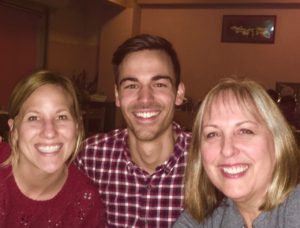
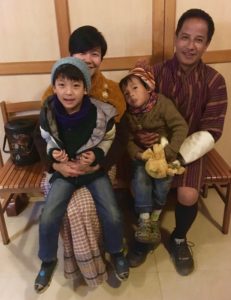 JJ casually mentioned someone her daughter had grown up with was living in Thimpu with his wife. Namgay took us to dinner at his sister’s restaurant with his wife and children and had arranged for a surprise reunion with JJ’s friend (coincidentally, he is a teacher at Namgay’s sons’ school.) This devotion to our enjoyment is one of the many reasons we love Namgay and feel his company (www.illuminatingtoursbhutan.com) is the best to use if you want to make this trip of a lifetime. How can you not love this family?
JJ casually mentioned someone her daughter had grown up with was living in Thimpu with his wife. Namgay took us to dinner at his sister’s restaurant with his wife and children and had arranged for a surprise reunion with JJ’s friend (coincidentally, he is a teacher at Namgay’s sons’ school.) This devotion to our enjoyment is one of the many reasons we love Namgay and feel his company (www.illuminatingtoursbhutan.com) is the best to use if you want to make this trip of a lifetime. How can you not love this family?
The story continues…


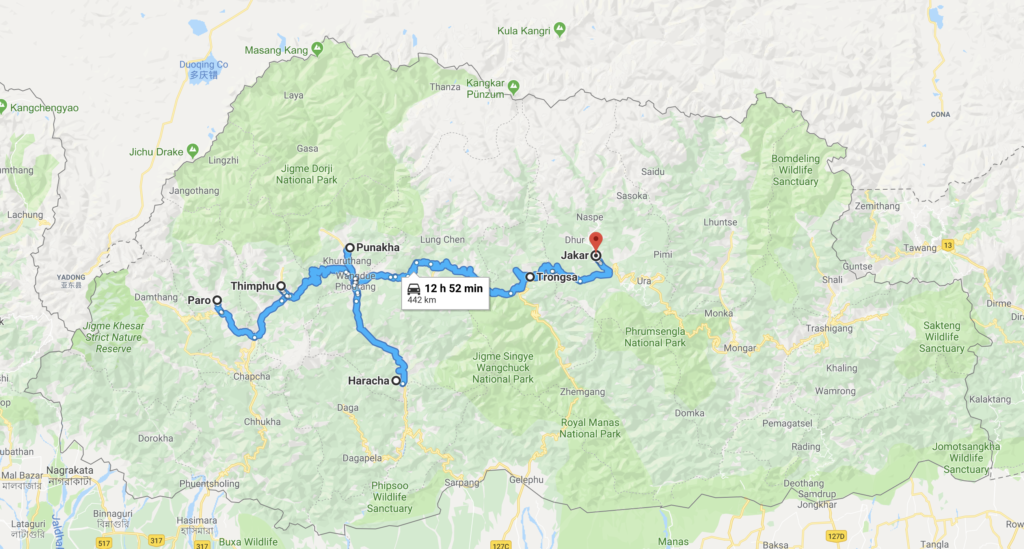
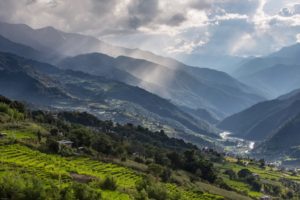
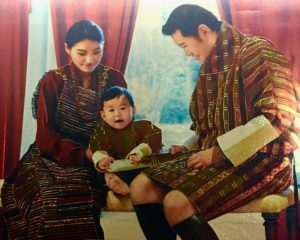
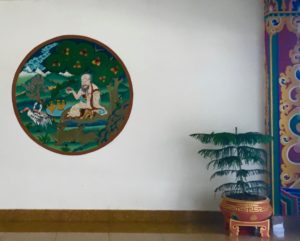
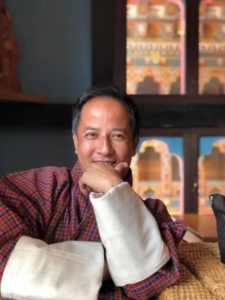
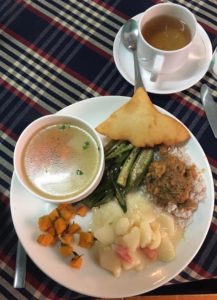
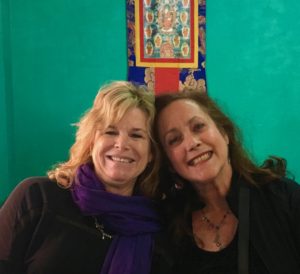
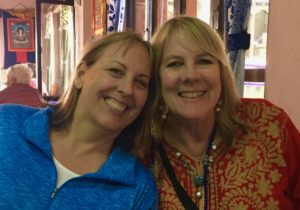
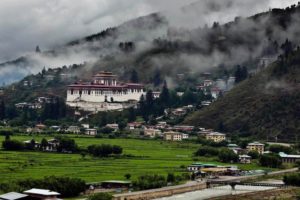
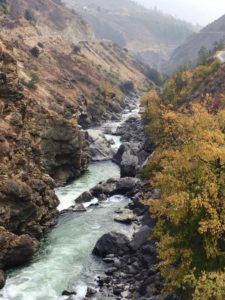
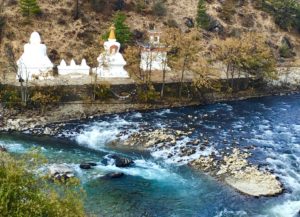


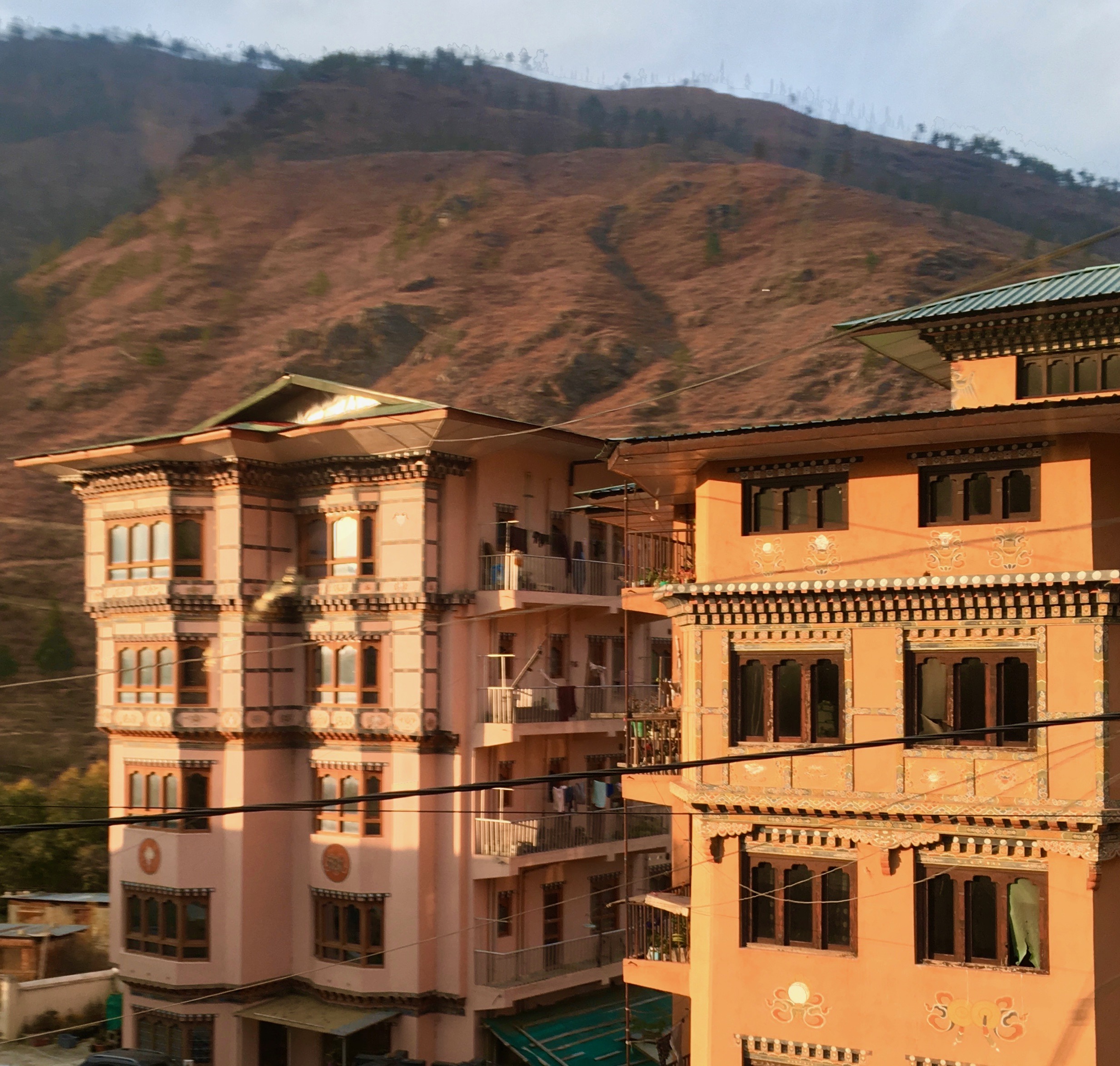



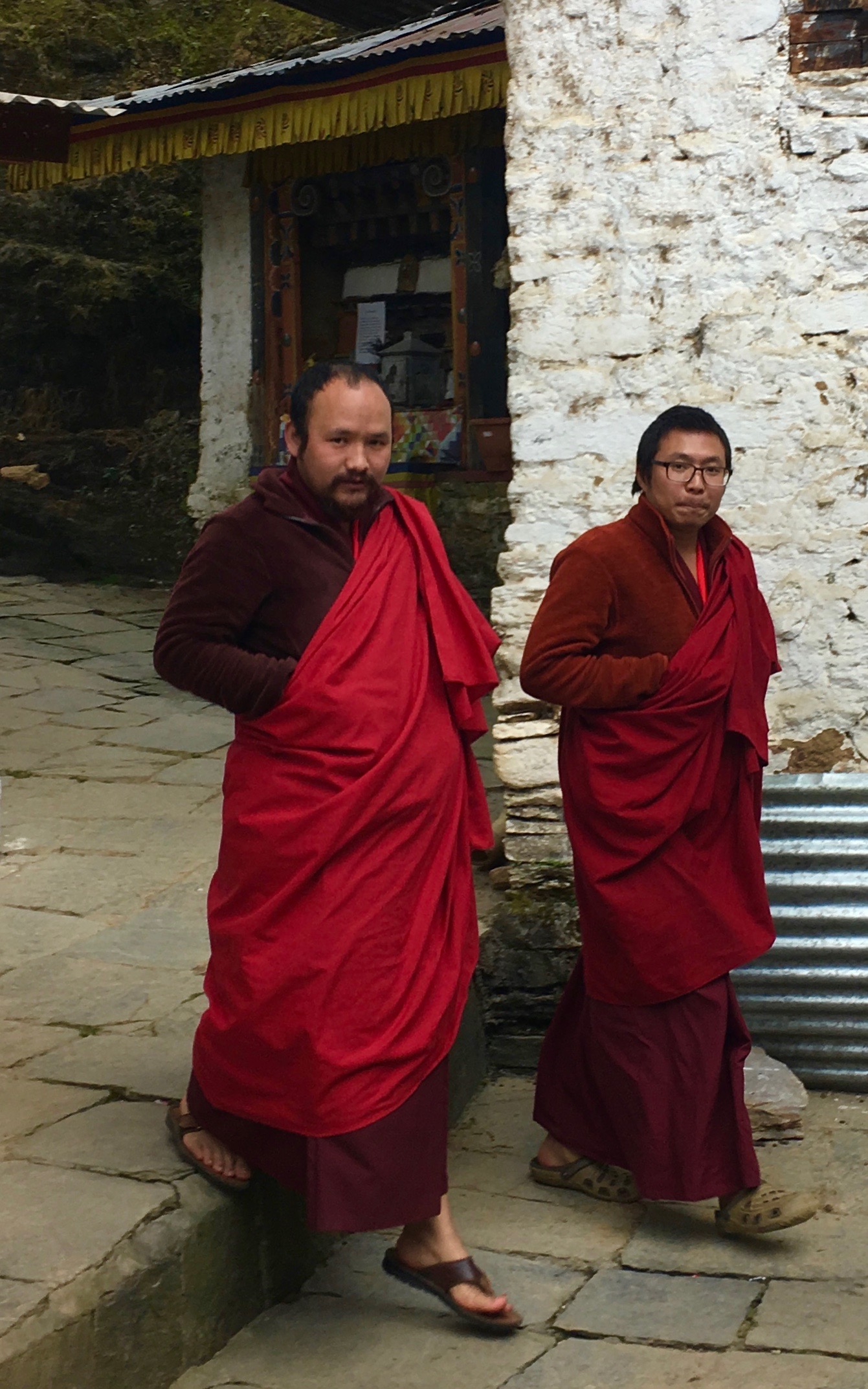
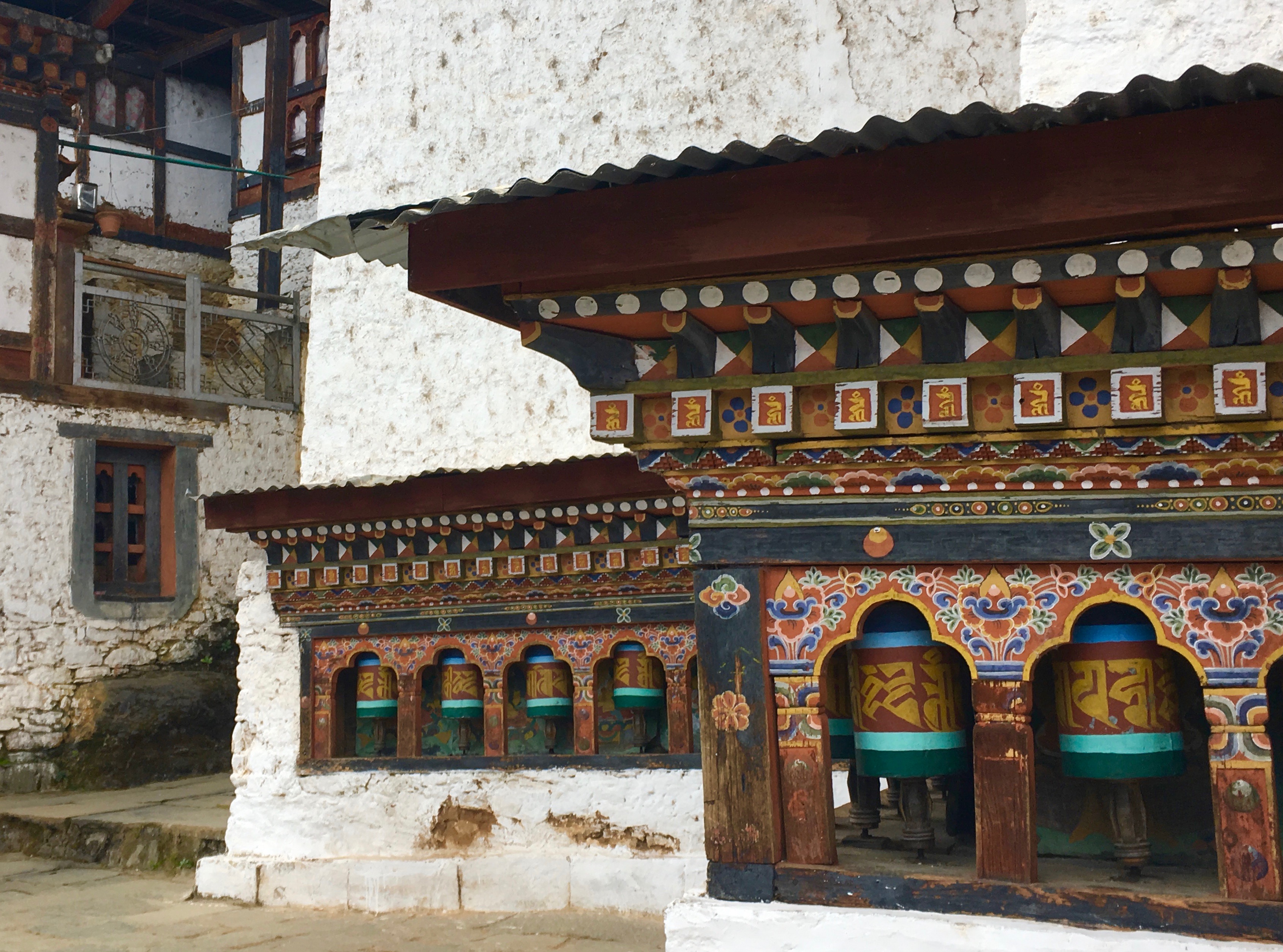

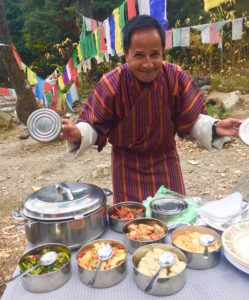
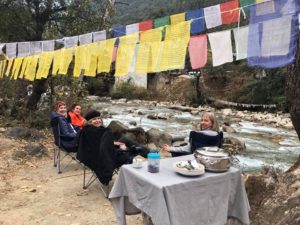

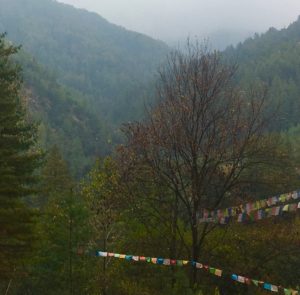

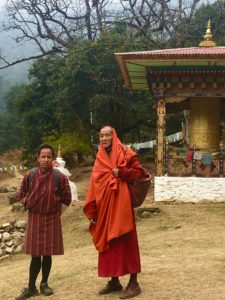
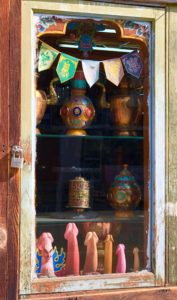
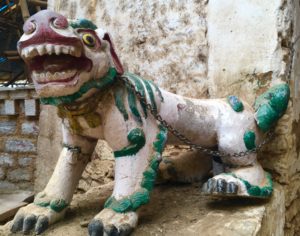
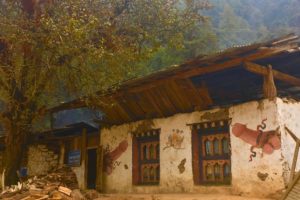
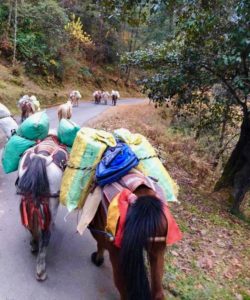
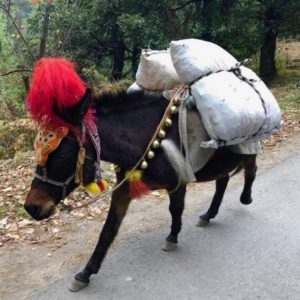
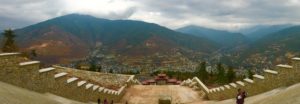
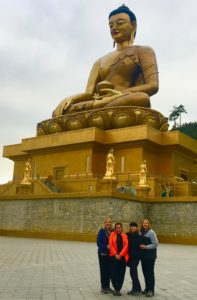
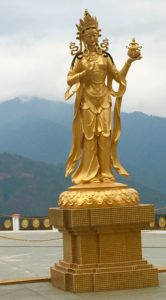
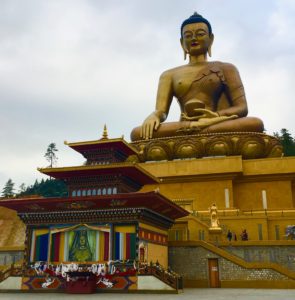
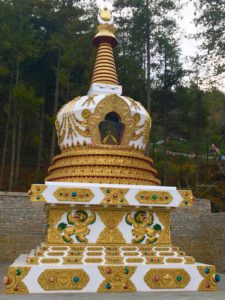

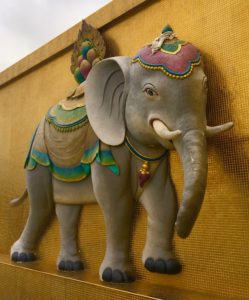
 Published by Snarling Wolf, Inc., a non-profit organization dedicated to providing inspiration, information, and support to people facing challenges, including health challenges, including cancer.
Published by Snarling Wolf, Inc., a non-profit organization dedicated to providing inspiration, information, and support to people facing challenges, including health challenges, including cancer.